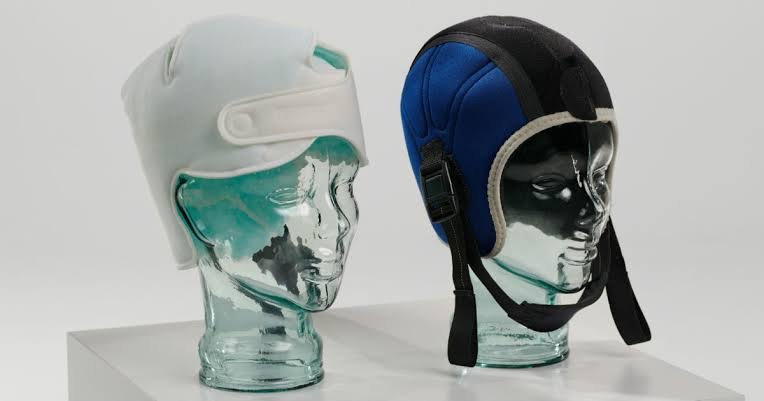Introduction
Hair loss is one of the most distressing side effects of chemotherapy, impacting patients not only physically but also emotionally. For many cancer patients, losing hair is a visible marker of their illness, affecting self-esteem and confidence. Fortunately, cold cap therapy has emerged as an effective solution to reduce chemotherapy-induced alopecia, offering hope to those undergoing treatment.
What Are Cold Caps?
Cold caps are specialized cooling devices worn on the scalp before, during, and after chemotherapy infusion. These caps work by constricting blood vessels in the scalp, reducing the amount of chemotherapy drugs that reach hair follicles. This process, known as scalp cooling, helps preserve hair by minimizing damage to the hair follicles.
How Do Cold Caps Work?
The principle behind cold caps is simple:
The cap is filled with a cooling gel or connected to a cooling system that maintains a low temperature.
By cooling the scalp to approximately 22-24°F (-5 to -4°C), blood flow to hair follicles is reduced.
This limits the exposure of hair follicles to chemotherapy drugs, thereby reducing hair loss.
Effectiveness of Cold Caps Studies have shown that cold caps can be highly effective, with success rates varying between 50% and 80% depending on factors such as chemotherapy regimen, hair type, and adherence to cooling protocols. The efficacy of cold caps is highest in patients receiving taxane-based chemotherapy compared to anthracyclines, which are more potent and lead to higher hair loss.
Types of Cold Cap Systems
1. Manual Cold Caps: These are pre-cooled gel caps that must be stored in freezers at extremely low temperatures. They require frequent changes every 20-30 minutes during chemotherapy.
2. Machine-Based Scalp Cooling Systems: These use a continuous cooling mechanism, eliminating the need for manual cap replacements. Examples include the Paxman Scalp Cooling System and the DigniCap.
Benefits of Using Cold Caps
Reduces Hair Loss: While complete prevention of hair loss is not guaranteed, many patients retain significant amounts of hair.
Improves Psychological Well-being: Preserving hair can help patients maintain a sense of normalcy, reducing anxiety and depression associated with chemotherapy.
Enhances Quality of Life: Patients who keep their hair often feel more comfortable in social and professional settings.
Challenges and Considerations
Cost: Cold cap therapy can be expensive, and not all insurance plans cover it. However, some organizations offer financial assistance.
Discomfort: Some patients experience headaches or discomfort due to the extreme cold, though this often subsides after the first few sessions.
Time Commitment: Scalp cooling requires additional time before and after chemotherapy sessions, which may be inconvenient for some patients.
Conclusion
Cold cap therapy is a promising advancement in oncology care, helping patients retain their hair and improve their overall chemotherapy experience. As more research supports its benefits, increased accessibility and awareness can make this option more widely available for cancer patients globally.
At IMSON, we remain committed to spreading awareness about innovative solutions that enhance the quality of life for individuals undergoing cancer treatment.


